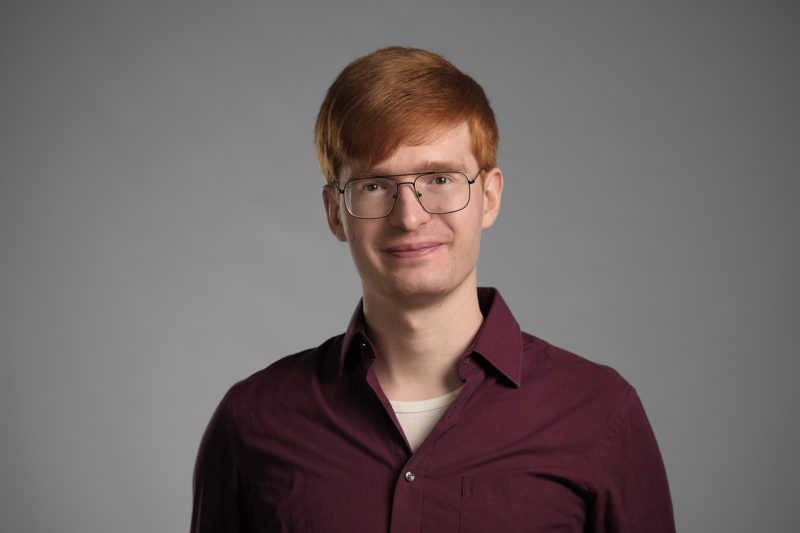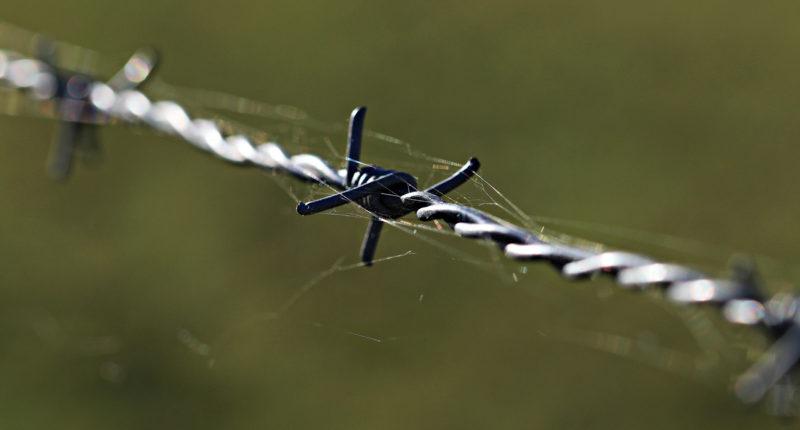

Sven Seelinger
Mobility and immobility supplement each other.
Since my youth, I have been fascinated by historical sites, artifacts, and books about them. The latter formed the backbone of my studies at university, while tangible spaces and objects only played a minor role. This changed when I entered the field of environmental history. Artifacts no longer remain with limited information value. Now, they provide links between culture and nature, humans and the animated world, abstract phenomena, and specific places.
This new perspective on familiar subjects sparked my interest in inputs from other disciplines. Besides archaeology, I want to integrate influences from physics, biology, and geography into the existing global approaches to historiography.
Contact: sven.seelinger@uni-a.de

Barbed wire created spaces of lethal and non-lethal violence. Where was it present, and how did it affect ecosystems and societies? Which life forms profited and which suffered under its intended and unintended effects?
Pasture, Border, and Battlefield. A Global Object-Ecology of Barbed Wire (1874-1989)
Barbed wire created spaces of lethal and non-lethal violence. Where was it present, and how did it affect ecosystems and societies? Which life forms profited and which suffered under its intended and unintended effects?
